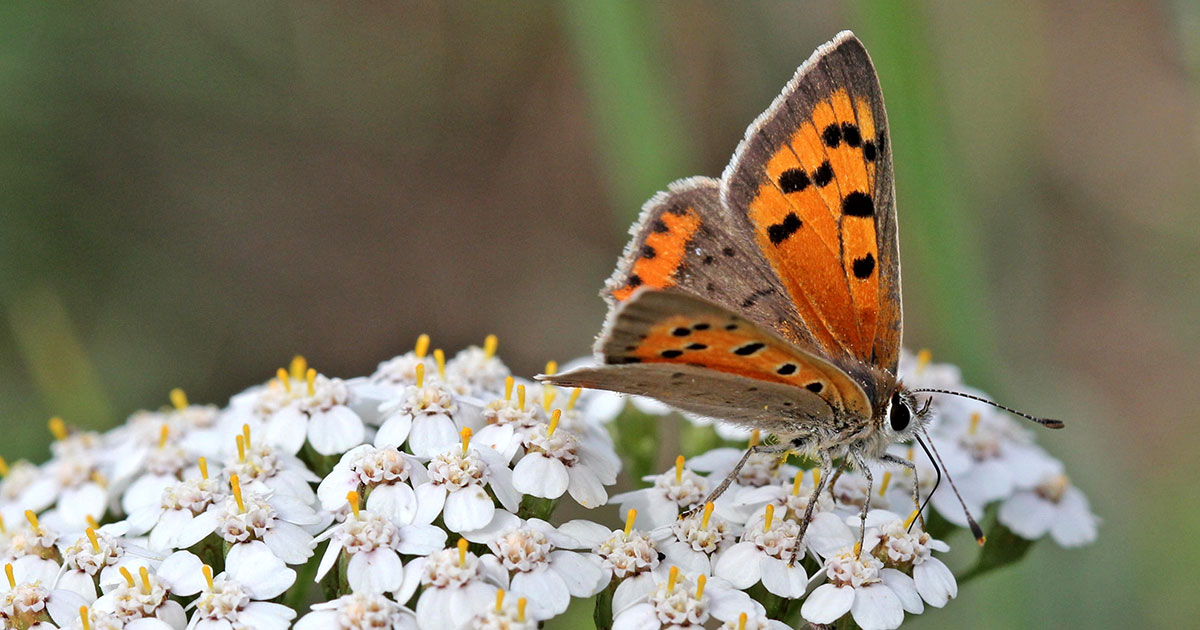“A weed is a plant whose virtues have not yet been discovered.” –Ralph Waldo Emerson
In the early summer mornings, one of the most pleasurable sensations is to stride bare-footed across the plush blades of grass. A sea of green pleases the mind – until an ill-favored sight catches the eye. The plant may possess white or yellow flowers, long spiky green-leaves, extend to great heights, or have jagged or thorny leaves. A plant out of place is the most direct definition one will find. Weeds grow in unwelcomed locations extracting nutrients and other essential vitamins and minerals away from native plants. Not all, but some, weeds can possess positive attributes and even medicinal benefits.
Dandelion: A sneer may be the first instinct in finding the arrival of dandelions growing throughout your yard. Despite the negative feeling, the dandelion’s leaves, roots, and flowers are edible. In traditional herbal medicinal practices, the plant can treat a myriad of physical ailments, which may include cancer, acne, liver disease, and digestive disorders. The greens, whether cooked or raw, contain vitamins A, C, and K, and include generous amounts of calcium, magnesium, and potassium. In the culinary world, the flower heads improve the flavor when added to soup or sautéed with olive oil. And generations of families annually make batches of Dandelion Wine, and describe the taste similar to drinking the best of summer! Not just for humans, it also is a source of nectar and pollen for honeybees and other beneficial insects!
The dandelion is only one edible weed growing in your yard; perhaps, an introduction to other purposeful plants is necessary.
Lamb’s Quarters: Most plants have a recognizable quality. Lamb’s quarters, also termed pigweed, goosefoot, and wild spinach, has a coating on the wedge-shaped leaves, soft as velvet, and light, similar to a powder. The flowers appear as small dense clusters, arranged in spikes. Despite the ease and health of the weed, it can grow in locations where there is little dirt. Similar to the taste of spinach and Swiss chard with a slight nutty aftertaste, a one-cup serving offers 10 times the daily recommended dose of vitamin K, three times the dose of vitamin A, and the recommended serving of vitamin C, not to mention that it contains essential beneficial minerals such as calcium, iron, manganese, niacin, potassium, and riboflavin. Simply boil, steam, or sauté until the leaves turn dark-green. The leaves, shoots, seeds, and flowers can boost nutrition when added to soups, salads, smoothies, and integrated into meals.
The Plantain: The appearance is unmistakable. The leaves are either broad or smooth and oval with a center stalk containing seeds from the base to the tip. Although the seeds have nutritional benefits, each blade offers antiseptic properties. The next time you receive a mosquito bite, consider rubbing a crushed leaf on the spot to reduce the itching and redness. The plant also produces mucilage, which is known to heal inflammation in the digestive tract and soothe a sore throat. Never fear, despite the conditions of drought, shade, or flooding conditions, the plantain will thrive and multiply in grasses, ornamental beds, among rocks, and cracks of concrete. You’ll always have an adequate supply!
Yarrow: One of your favorite flowers may be a tall and slender plant blooming between April through September, which yields clusters of bright yellow flowers, called golden yarrow. Grown in a wild variety, it has a spectrum of colors: white and cream, pink and red, and multi-colored, too! Whether fresh or dried, the base leaves can be ground into a powder and used to help stop bleeding and heal a wound. Additionally, the leaves add nutrition to a salad, while the flowers are beneficial in teas.
A plant’s primary purpose is survival. Before you purchase an herbicide, remember that some weeds are medicinal, nutritious and edible, valued by young children, and produce pollen for the honeybees. Not all weeds are weeds. Unwelcomed, yes! Unsightly? Perhaps! But specific plants, although wild, are essential to nature!






















